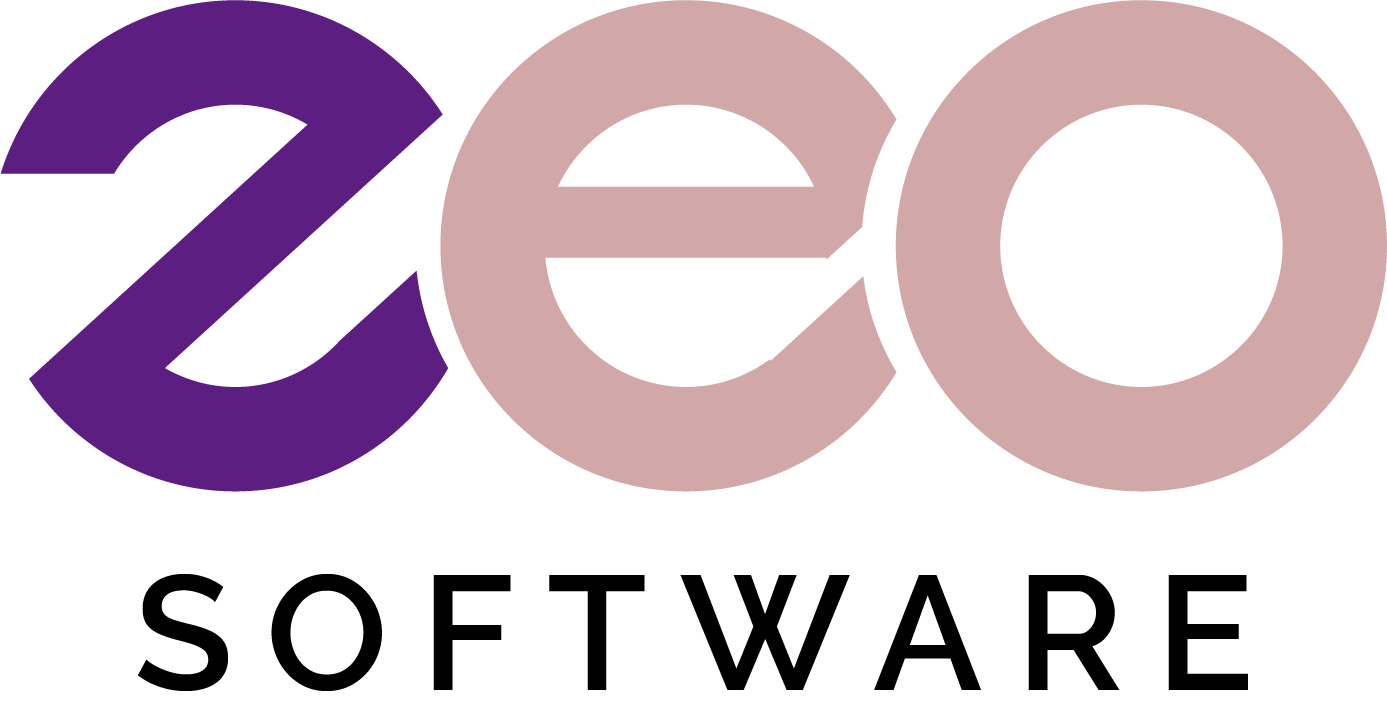As businesses increasingly rely on Enterprise Resource Planning (ERP) systems to streamline operations and improve efficiency, choosing between cloud-based and on-premises solutions has become a pivotal decision. Each approach offers unique benefits and challenges. In this article, we compare and contrast cloud-based and on-premises ERP systems to help you make an informed choice for your business.
Cloud-Based ERP Solutions
Cloud-based ERP systems are hosted on the vendor’s servers and accessed via the internet. This model has gained popularity due to its flexibility, scalability, and cost-effectiveness.
Benefits:
- Lower Initial Costs:
- No need for significant upfront investment in hardware and infrastructure.
- Subscription-based pricing models reduce financial barriers to entry.
- Scalability:
- Easily scale up or down based on business needs.
- Ideal for growing businesses with fluctuating demands.
- Accessibility:
- Access the system from anywhere with an internet connection.
- Supports remote work and mobile access.
- Automatic Updates:
- Regular updates and maintenance handled by the vendor.
- Always have access to the latest features and security patches.
- Reduced IT Burden:
- Lower reliance on in-house IT staff for maintenance and support.
- Vendor manages infrastructure, security, and backups.
Challenges:
- Data Security Concerns:
- Storing sensitive data on external servers raises security and privacy concerns.
- Businesses must trust the vendor’s security measures.
- Internet Dependence:
- Requires a stable internet connection for access.
- Potential downtime if internet service is disrupted.
- Customization Limitations:
- May have fewer customization options compared to on-premises solutions.
- Some industries with unique needs may find this restrictive.
- Vendor Lock-In:
- Dependency on the vendor for updates, support, and pricing.
- Switching providers can be complex and costly.
On-Premises ERP Solutions
On-premises ERP systems are installed locally on a company’s own servers and infrastructure. This traditional approach offers greater control and customization but comes with its own set of challenges.
Benefits:
- Data Control:
- Complete control over data storage and security.
- Enhanced privacy and compliance with industry-specific regulations.
- Customization:
- Greater ability to customize the system to meet specific business needs.
- Tailored solutions for unique operational requirements.
- Performance:
- Potentially better performance and reliability without dependence on internet connectivity.
- Suitable for businesses with high-speed internal networks.
- Integration:
- Easier to integrate with existing on-premises systems and legacy applications.
- More control over integration processes and outcomes.
Challenges:
- High Initial Costs:
- Significant upfront investment in hardware, software, and infrastructure.
- Higher total cost of ownership over time.
- Scalability Issues:
- Scaling up requires additional hardware and infrastructure investments.
- Less flexibility to adapt to changing business needs.
- Maintenance and Upgrades:
- Responsibility for maintenance, updates, and security falls on the in-house IT team.
- Regular upgrades can be time-consuming and costly.
- Accessibility Limitations:
- Remote access requires additional configurations and security measures.
- Not as inherently accessible as cloud-based solutions.
Conclusion
Choosing between cloud-based and on-premises ERP solutions depends on various factors, including your business size, industry, budget, and specific needs.
- Cloud-Based ERP is ideal for businesses looking for flexibility, scalability, and lower initial costs, especially if they have a dispersed or remote workforce.
- On-Premises ERP suits businesses that require greater control over their data, extensive customization, and have the necessary resources to manage and maintain the system.
By carefully evaluating the benefits and challenges of each approach, you can select the ERP solution that best aligns with your business goals and operational requirements, ensuring a successful implementation and long-term value.
